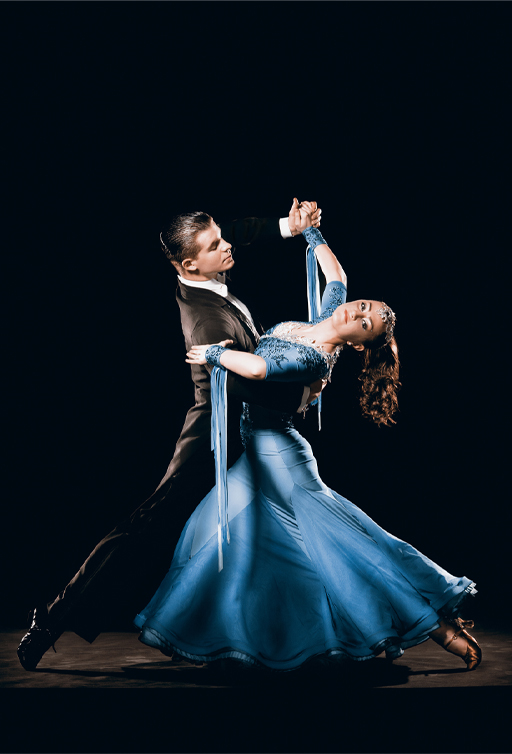3 Metre: organising the beats
Once you can identify pulse and tempo start listening for another important time-related musical element: metre.
Activity 3
Listen to the following audio extracts twice. The first time you listen, try to identify the pulse and tempo of the music. The second time, think about the kind of physical movement you might associate with each audio extract.
Discussion
Audio 8 is a march, Audio 9 is a waltz and Audio 1 is a popular song. Audio 9 contrasted most noticeably from Audio 8 and Audio 1. The movement of Audio 9 could be described as a swaying motion; memorably depicted in the Stanley Kubrick film 2001: A Space Odyssey. This is music for a type of dance: the waltz. The tempo of Audio 8 and Audio 1 were fairly consistent, but the performers varied this in Audio 9, in a technique known as rubato. You may have described Audio 8 as having a regimented feel, associated with its function as a march. Audio 1 has a broader rhythmic feel. You may be familiar with the famous dance move from the film Saturday Night Fever associated with this song (more on this later). It is the metre of the music in each audio extract which influences your perception of a march, waltz or disco dance.

